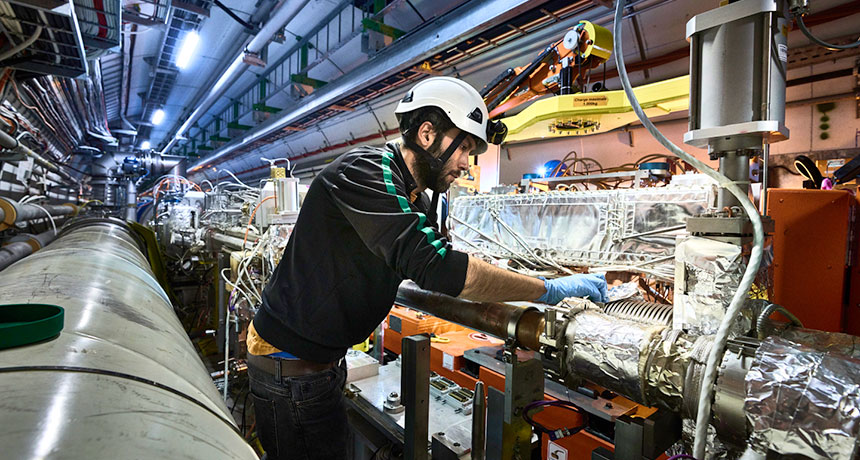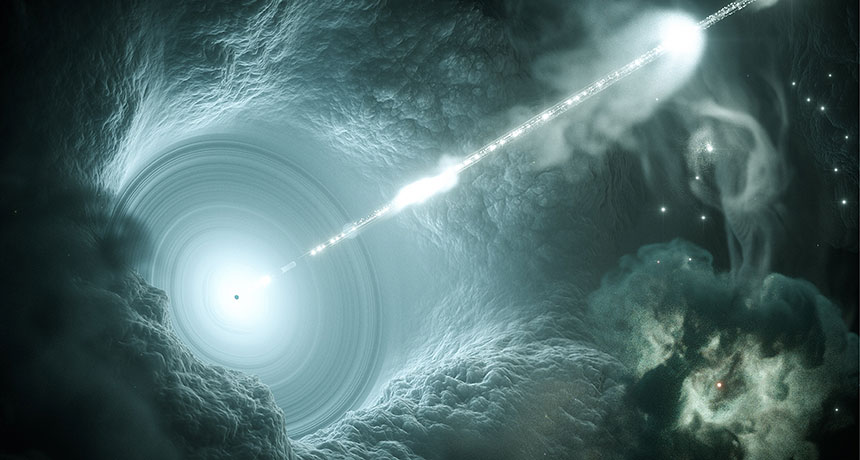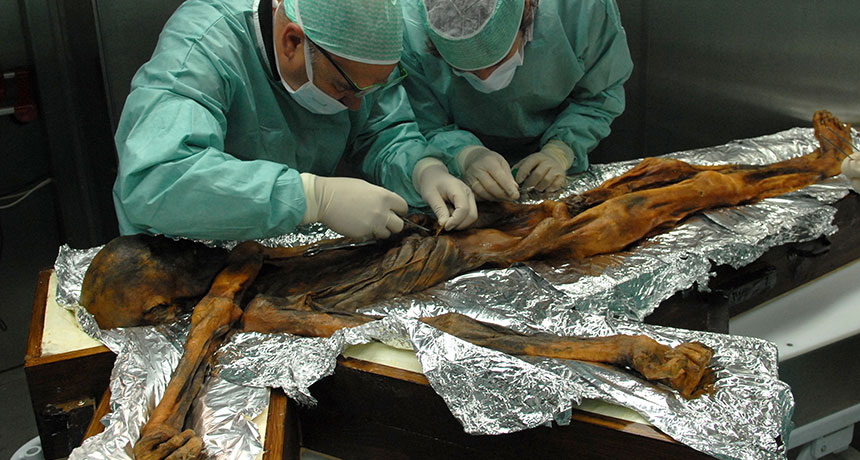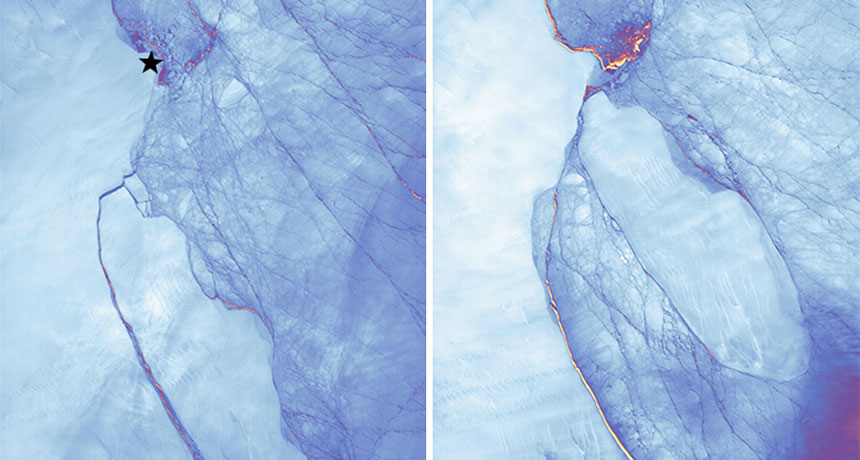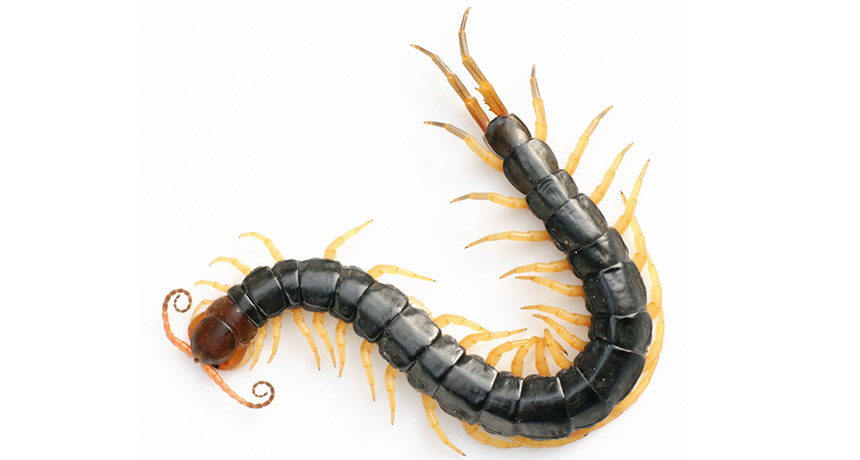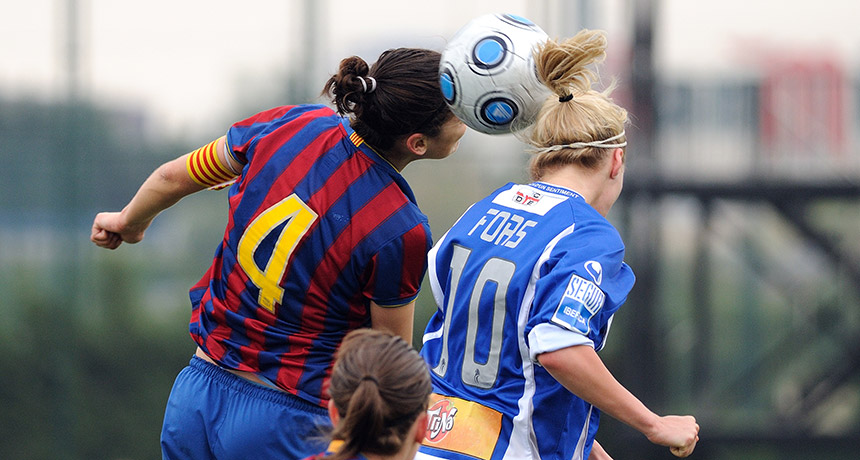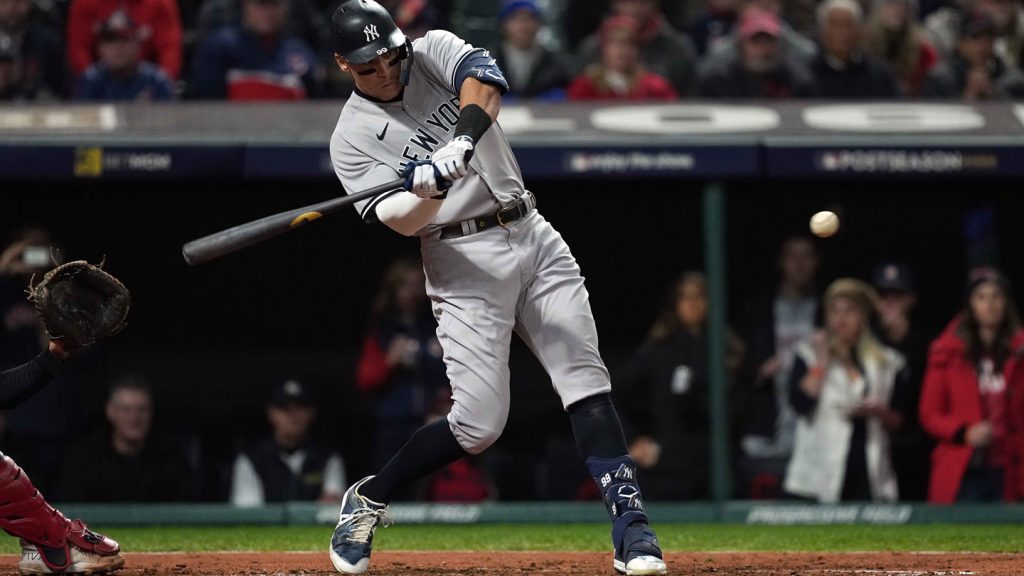A big analysis of environmental data strengthens the case for plant-based diets

From beef to beer, coffee to chocolate, there are environmental costs in what humanity chooses to eat and drink. Now a new study that quantifies the impact on the planet of producing and selling 40 different foods shows how these choices make a difference.
Agricultural data from 38,700 farms plus details of processing and retailing in 119 countries show wide differences in environmental impacts — from greenhouse gas emissions to water used — even between producers of the same product, says environmental scientist Joseph Poore of the University of Oxford. The amount of climate-warming gases released in the making of a pint of beer, for example, can more than double under high-impact production scenarios. For dairy and beef cattle combined, high-impact providers released about 12 times as many greenhouse gases as low-impact producers, Poore and colleague Thomas Nemecek report in the June 1 Science.
Those disparities mean that there is room for high-impact producers to tread more lightly, Poore says. If consumers could track such differences, he argues, purchasing power could push for change.
The greatest changes in the effect of a person’s diet on the planet, however, would still come from choosing certain kinds of food over others. On average, producing 100 grams of protein from beef leads to the release of 50 kilograms of greenhouse gas emissions, which the researchers calculated as a carbon-dioxide equivalent. By comparison, 100 grams of protein from cheese releases 11 kilograms in production, from poultry 5.7 kilograms and from tofu two kilograms.
Replacing meat and dairy foods from producers with above-average environmental effects with plant-based products could make a notable difference in greenhouse gas emissions. If cuts came from these higher-impact suppliers, replacing half of each kind of animal product with something from a plant could reduce food’s share of emissions by 35 percent. That’s not too far from the 49 percent drop that could be achieved if the whole world, somehow, went vegan.
The case for switching to a plant-based diet was already pretty powerful, says Ron Milo of the Weizmann Institute of Science in Rehovot, Israel, who studies cell metabolism and environmental sustainability. The new data “make it even stronger, which is an important thing given how strongly we tend to adhere to our food choices,” he says.
In their study, Poore and Nemecek, of the Swiss government research organization Agroscope in Zurich, also considered the amounts of water and land used as well as nutrient runoff and air pollution created from food production. For such an unusually broad analysis, the researchers crunched the numbers from 570 studies of what are called life-cycle assessments for 40 kinds of food. These studies calculated the environmental impacts of the whole process from growing or processing to transporting and retailing each food.
Producing food overall accounts for 26 percent of global climate-warming emissions, and takes up about 43 percent of the land that’s not desert or covered in ice, the researchers found. Out of the total carbon footprint from food, 57 percent comes from field agriculture, livestock and farmed fish. Clearing land for agriculture accounts for 24 percent and transporting food accounts for another 6 percent.
After the first year of putting the study together, Poore himself gave up eating animal products.
